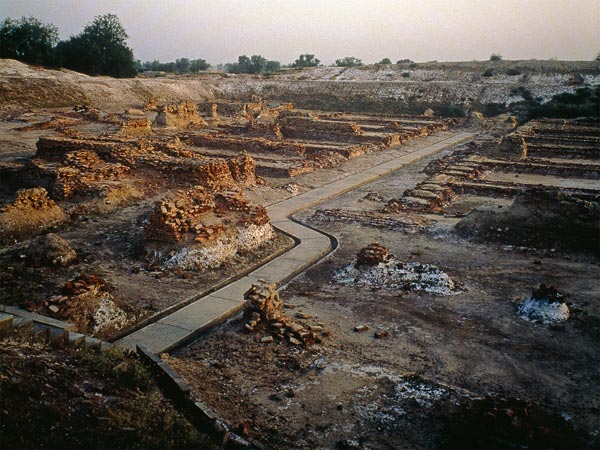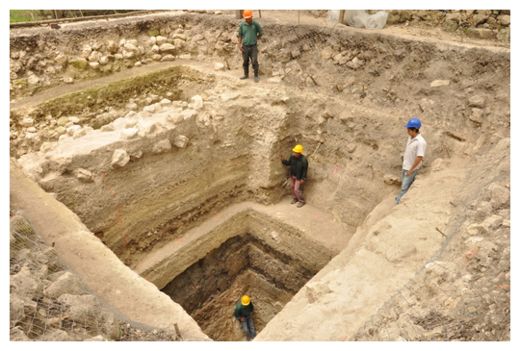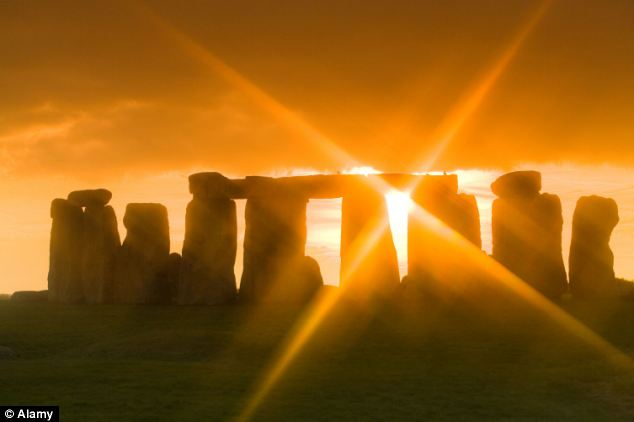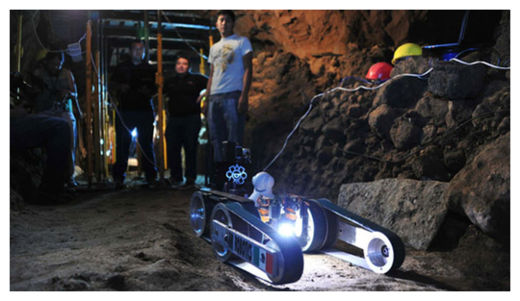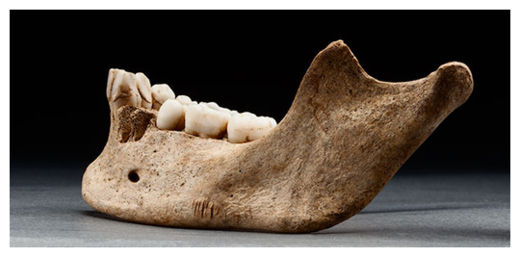
"The chops to the forehead are very tentative, very incomplete," says Douglas Owsley, the Smithsonian forensic anthropologist who analyzed the bones after they were found by archaeologists from Preservation Virginia. "Then, the body was turned over, and there were four strikes to the back of the head, one of which was the strongest and split the skull in half. A penetrating wound was then made to the left temple, probably by a single-sided knife, which was used to pry open the head and remove the brain."
Much is still unknown about the circumstances of this grisly meal: Who exactly the girl researchers are calling "Jane" was, whether she was murdered or died of natural causes, whether multiple people participated in the butchering or it was a solo act. But as Owsley revealed along with lead archaeologist William Kelso today at a press conference at the National Museum of Natural History, we now have the first direct evidence of cannibalism at Jamestown, the oldest permanent English colony in the Americas. "Historians have gone back and forth on whether this sort of thing really happened there," Owsley says. "Given these bones in a trash pit, all cut and chopped up, it's clear that this body was dismembered for consumption."
It's long been speculated that the harsh conditions faced by the colonists of Jamestown might have made them desperate enough to eat other humans - and perhaps even commit murder to do so. The colony was founded in 1607 by 104 settlers aboard three ships, the Susan Constant, Discovery and Godspeed, but only 38 survived the first nine months of life in Jamestown, with most succumbing to starvation and disease (some researchers speculate that drinking water poisoned by arsenic and human waste also played a role). Because of difficulties in growing crops - they arrived in the midst of one of the worst regional droughts in centuries and many settlers were unused to hard agricultural labor - the survivors remained dependent on supplies brought by subsequent missions, as well as trade with Native Americans.
